I have a collsion map, and some places that I want to be light sources. The light source provides light that is actually a shape where I can see the ground. It now looks like this:

So the light goes through the walls. I want to make it look like this:

(I marked the collisions with walls with dark yellow)
So the light rays stop when meeting the wall. I want to get the shape of the correct light, the best would be bitmap containing it)
My first idea was to cast rays from the source and check when they collide with the wall (I know how to do this), but then I would need to cast ray each 0.001 deg for example, so its too much time to generate lights. The next thing is that The light shape isn't always circle, sometimes it can be ellipse or half-ellipse, even triangle or part of the circle. Generally, I have the bitmap with light that doesnt collide anything, and I want to subtract it a bit to make it look like on the second image.
And the last thing, Im using allegro 4.2.1, but all previously mentioned bitmaps are 2-dimmension arrays with 0's and 1's.
Thanx for any help, sorry for long question and my bad english.